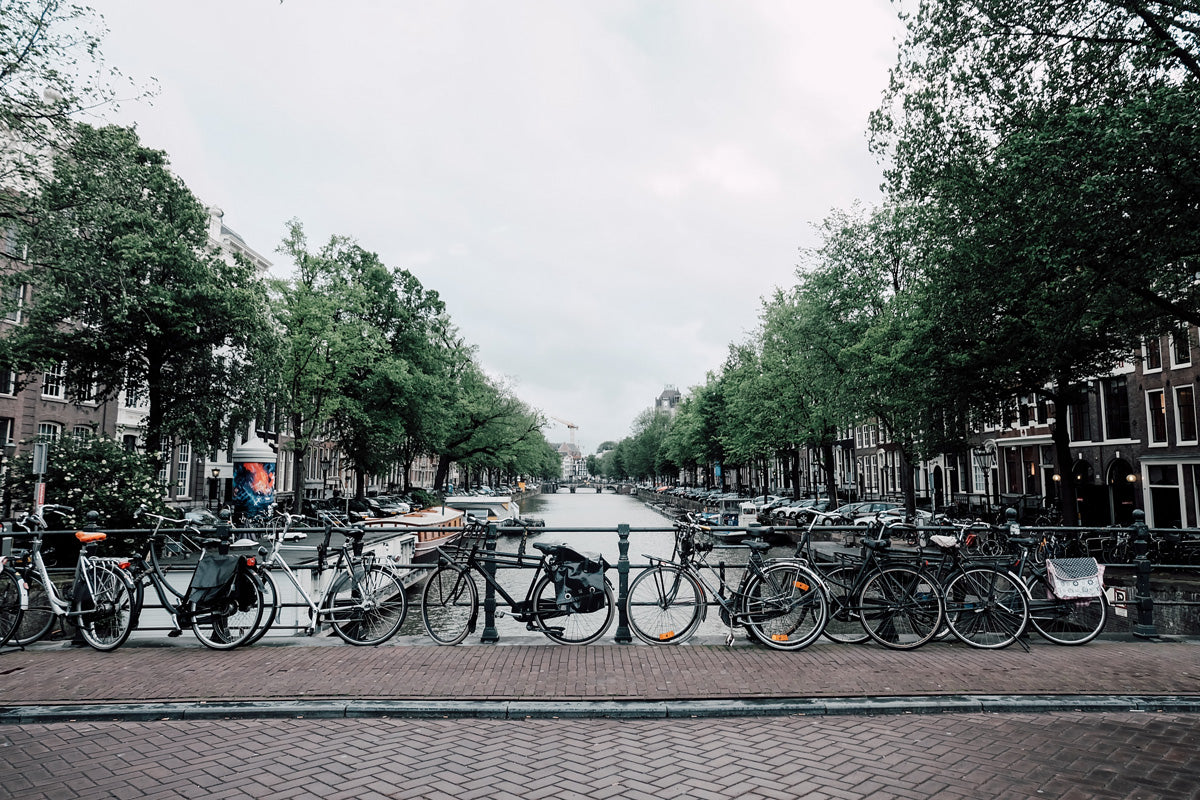Behind the hegemony of cars, the direction taken by urban policies begins to lean towards pedestrian and alternative transportation systems. Leading cities in terms of design trends and urban planning have proposed replicable schemes, whose social and ecological results must be studied.
When the modern city was shaped, the protagonist for design was the automobile. The plans favored the layout of avenues to drive on, leaving the needs of its inhabitants aside. Today, the principle of dynamic design surrounding cars has lost its purpose, since vial saturation and traffic jams are increasingly common.

With traffic gradually getting worse, consequences in cities become more serious. Gas emissions pollute the landscape and have damaged the population’s respiratory health. The quality of life of those commuting regularly decreases as traveling hours increase. A sedentary lifestyle along with high maintenance costs (the aforementioned problems) has led to more ecological measures, prioritizing human beings.
The same things that make you become sustainable are the ones that provide better quality of life, and that is living in a walkable neighborhood. Jeff Speck, author of Walkable Cities
Portland is one of the cities with greater infrastructure for cyclists in the United States, with 17,000 rides per day. The 30-million dollar investment in bicycle and pedestrian paths has had demographic effects on quality of life, health, and the economy. People drive 20% less than the average American and their savings reflected by becoming the city with greatest recreation investment. At the same time, the Skinny Streets Program was introduced, under the premise that a narrow lane prevents people from speeding, thus reducing accident rates. The city center has the largest number of cafés, bookstores, restaurants and bars per capita in the country and it is considered to be the most attractive city to live in.

In Oklahoma (United States) the relationship between traffic and the amount of lanes was analyzed. By noticing the limited car use in certain areas, the conclusion was that there were more lanes than needed. By introducing two-way streets and eliminating two lanes from avenues with four, this space was used to create a bicycle path network along with wide sidewalks, reactivating entire city areas.

Upon noticing environmental damages and the low quality of life of its inhabitants, the municipality of Barcelona (Spain) published the New Urban Mobility Plan. By applying the “block complex” concept, along with vial policies, the original purpose to reduce traffic in 21% was surpassed with numerous benefits. Sets of 9 blocks were grouped, marking a limiting perimeter for heavy traffic and public transportation. Inside the block complex, cars can only drive at 10 km/h and parking was confined to the underground level. This solution allowed for the development of social activities, promoting trade and safety. The reduction of cars resulted in a 42% decrease of CO2 emissions..

In the 20th century, Amsterdam (Holland) tried to join the technological revolution by investing in highways and parking lots. The result was a high number of fatalities and the creation of social groups demanding that the population should recover their streets. In the 70’s decade, social pressure against cars was so obvious, that the government was forced to gradually decrease their use. The rest is history, since today, it is the cyclist capital. Two thirds of all the trips within the city are made on foot or by bicycle. Even though this could appear to be an innovative solution for people living outside Europe, for Amsterdam inhabitants it was the return to a proved scheme that offers a better quality of life.

In 2007, Ljubljana, capital of Slovenia, made the drastic decision that would change the lives of its inhabitants: the definite ban to automobiles from the historical center. Mayor Zoran Janković faced criticism, since people were afraid tourists and trade would decrease. In 2016, Ljubljana was awarded with the European Green Capital title, due to the successful program implementation. Janković said that the strategy was to set goals and, leaving aside any political interest, to offer the population the chance to live in a city free from environmental and noise pollution. The attention received after the acknowledgement has promoted the city’s economic growth and it has become part of Europe’s most relevant touristic destinations.



